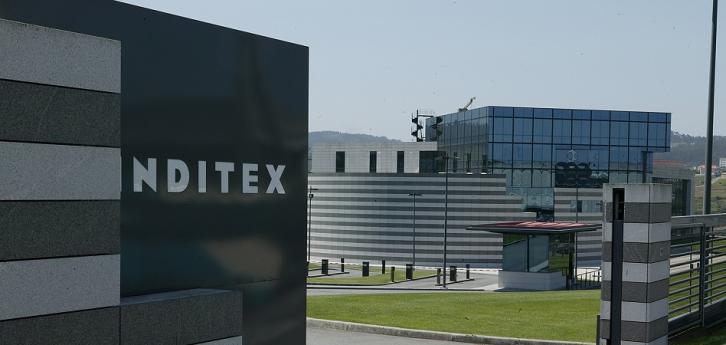More Asia and less EU: Inditex flips its ‘sourcing’ map upside down in decade
In 2008, 43.5% of the group's suppliers were within the common market. Ten years later, its share dropped to 24.6%.

While fashion accelerates and ultra fast fashion further adjusts the clocks of the sector, the pioneer of fast fashion moves its production elsewhere. In the last decade, Inditex has gone from concentrating most of its factories in the European Union to doing so in Asia, however non-EU Europe has advanced to become its third largest supplier.
In 2008, the European Union housed 43.5% of the Spanish group suppliers, taking into account only those that supply more than 20,000 units per year. Ten years later, the share has been reduced almost by half, to 24.5%.
In absolute terms, the company has gone from working with 516 suppliers in the community market to 459 in 2018, which in turn operate with a network of 2,118 factories.
The throne that Europe has lost is now held by Asia, which already represents 55, 7% of the total network of suppliers of the Zara matrix: of the 1,866 partners with whom it worked in 2018, just over a thousand were in the continent. Ten years ago, the region accounted for 35.2%, with just 417 suppliers.
However, 57% of the group's factories are today in proximity to its headquarters in Arteixo (Spain). The term includes those located in non-EU Europe and North Africa, other territories where Inditex has increased its number of suppliers in the last decade.
In the European countries that are not part of the European Union, including strategic markets for the fashion supply such as Turkey or Bulgaria, Inditex has 200 suppliers, one hundred more than a decade ago and 10.7% of the total.
Inditex has opened 5 more clusters in 5 years
The African continent, meanwhile, today houses 145 Inditex suppliers, 44 more than in 2008, although its share overall has been reduced by almost one point, to 7.8%.
The continent that has lost the most share on the global Inditex supply map is America, where the group has gone from having 61 suppliers, 5.1% of the 1,186 with whom it worked in 2008, to 22 last year, resulting to only 1.2%.
A decade ago, Inditex totalled seven productive clusters in the world: in Morocco, Turkey, Bangladesh, India, Portugal, Spain and Cambodia. In the last ten years, the company has added five more, in Argentina, Brazil, Pakistan, China and Vietnam. In total, the twelve areas consolidates 96% of the group's production.
In these ten years, the group has also made progress in transparency and compliance. In 2008, the company had just completed the sixth phase of its CSR strategy and compliance with the signing of the framework agreement with the International Federation of Textile, Apparel and Leather Workers.
The company conducted 655 social audits to its suppliers and another 186 follow-up that year. At that time, the tragedy of the Rana Plaza, which collapsed on April 23, 2013 and that involved a shift in control and transparency strategies in the sector. In 2018, the group conducted 12,065 audits, including pre-assessments, social, special and traceability.


info@themds.com
Validation policy for comments:
MDS does not perform prior verification for the publication of comments. However, to prevent anonymous comments from affecting the rights of third parties without the ability to reply, all comments require a valid email address, which won’t be visible or shared.
Enter your name and email address to be able to comment on this news: once you click on the link you will find within your verification email, your comment will be published.